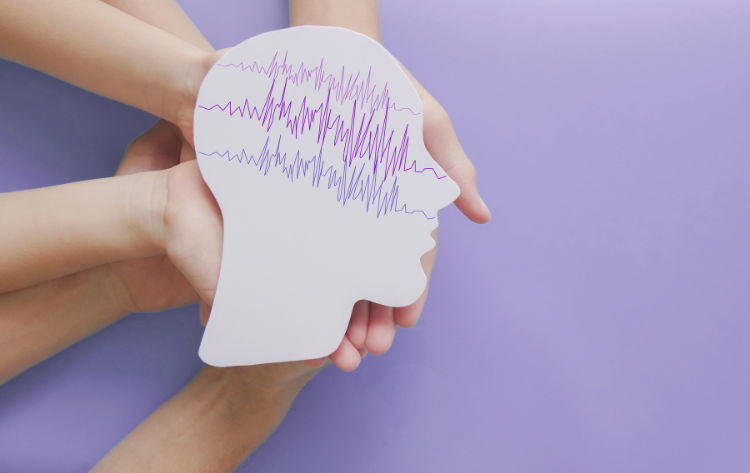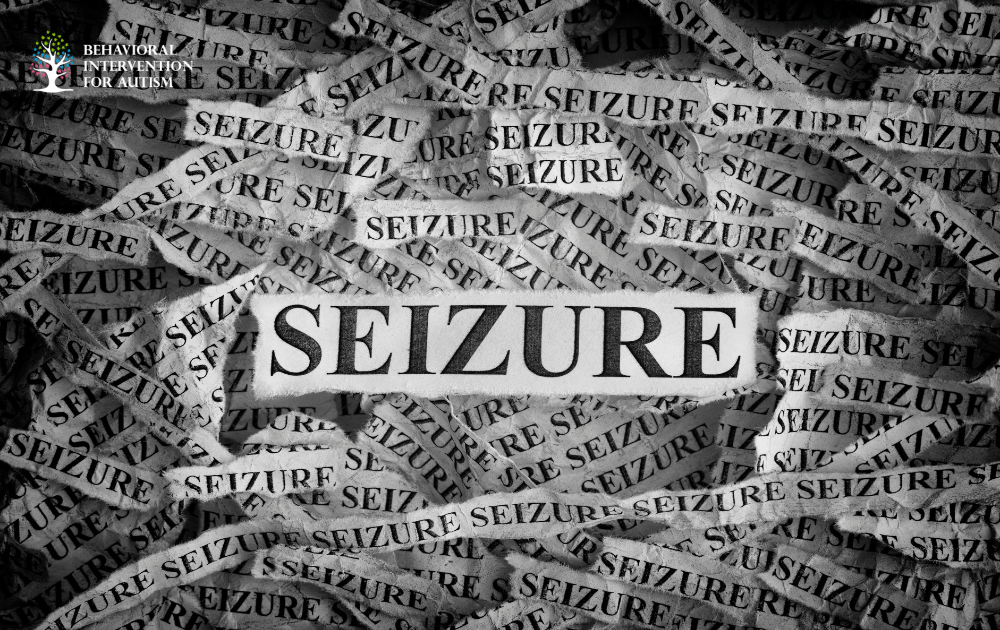
Table of Contents
Seizures are more common in individuals with autism than in the general population. Research has shown that among children aged 13 years and older with Autism Spectrum Disorder (ASD), 26% were diagnosed with epilepsy, compared to fewer than 1% of children in the general population. Even in children with autism who do not have observed seizure activity, 80% had abnormal Electroencephalogram (EEG) results, indicating unusual electrical events in the brain. These electrical events may impact the severity of autism symptoms.
Link Between Autism and Seizures
While the exact link between autism and seizures is not fully understood, studies have shown a correlation between the two. Some research has found a connection between epilepsy and regression of mental functioning in children with autism. Additionally, every one standard deviation increase in IQ was linked to a 47% decrease in the probability of developing epilepsy. This suggests that there may be a complex relationship between intellectual abilities, epilepsy, and autism.
Moreover, research indicates that epilepsy is more commonly found in females with autism. However, across the broader population of individuals with epilepsy, males are more frequently diagnosed with autism compared to females. The role of sex in the connection between autism and seizures requires further investigation.
Signs and Symptoms of Seizures
Recognizing the signs and symptoms of seizures is crucial, especially for individuals with autism who may experience silent or subtle seizures. Understanding these manifestations can help parents, caregivers, and individuals with autism seek appropriate support and medical attention. Seizure symptoms can vary widely, and it’s important to be aware of the variability and warning signs associated with seizures.

Variability in Seizure Symptoms
Seizure symptoms can manifest differently from person to person, making it challenging to identify them at times. In individuals with epilepsy, these symptoms can range from losing awareness during a seizure to repeatedly twitching arms or legs. It’s important to note that seizures may not always be noticeable, especially in cases of silent seizures, which are characterized by internal manifestations rather than visible convulsions.
The variability in seizure symptoms highlights the importance of understanding the individualized nature of seizures. By being familiar with the specific signs and symptoms that someone with autism may exhibit during a seizure, it becomes easier to recognize and address their needs effectively.
Warning Signs of Seizures
In addition to the actual seizure activity, there are often warning signs, known as aura, that precede a seizure. These warning signs can vary from person to person and provide an opportunity to take precautionary measures. Some common warning signs of seizures include feelings in the stomach, emotions like fear, déjà vu, tastes, smells, visual disturbances, dizziness, loss of balance, and hallucinations.
Recognizing these warning signs can help individuals with autism and their caregivers anticipate and prepare for potential seizures. By identifying and addressing these signs, it may be possible to minimize the impact of seizures and ensure the safety and well-being of the individual.
Being attentive to both the variability in seizure symptoms and the warning signs can greatly assist in detecting and managing seizures in individuals with autism. If you suspect that someone may be experiencing seizures, it is advisable to consult with a healthcare professional who specializes in epilepsy or neurodevelopmental disorders. Prompt identification and appropriate interventions can make a significant difference in the overall well-being and quality of life for individuals with autism and seizures.
Identifying Seizure Triggers
Seizures can be triggered by various environmental factors, although they do not cause epilepsy. By identifying potential triggers, individuals with autism and their caregivers can take proactive steps to manage and reduce the occurrence of seizures. Some common seizure triggers include:

Identifying and addressing these triggers can help individuals with autism and their caregivers work towards minimizing the occurrence of seizures and improving overall quality of life.
Absence Seizures
Absence seizures, also known as silent seizures, are a specific type of seizure that commonly occur in individuals with autism. These seizures are characterized by a sudden and temporary lapse in awareness, typically lasting a few seconds. During an absence seizure, the person may appear to be daydreaming or not paying attention. However, it is important to recognize that these episodes are not voluntary and are a result of abnormal brain activity.
Characteristics of Absence Seizures
The key characteristic of absence seizures is the brief loss of consciousness and responsiveness. These seizures often start suddenly without any warning signs. During an absence seizure, the person may exhibit the following:
- Staring blankly into space
- A vacant or glazed expression
- Momentary pause in activity or speech
- Unresponsiveness to external stimuli
- Rapid recovery with an immediate return to normal consciousness
It is not uncommon for absence seizures to be mistaken for daydreaming or inattentiveness, especially in children. However, it is crucial to distinguish between these episodes and provide appropriate support and intervention.
Prevalence and Outcomes
Absence seizures can occur in individuals of all ages, but they are more commonly observed in children. It is estimated that absence seizures affect about 5 individuals per 100,000 people of all ages. Among children younger than 15 years, the prevalence increases to 6 to 8 per 100,000. Approximately 10% of all childhood epilepsies and seizures are attributed to absence seizures.
The good news is that many children with absence seizures have a high chance of outgrowing them by adolescence. Studies have shown that up to 75% of children will no longer experience absence seizures as they enter their teen years. It is worth noting that children who solely experience absence seizures without other seizure types have the best prognosis for outgrowing them.
Treatment of Absence Seizures
Absence seizures, a type of seizure commonly associated with autism, can be managed effectively with appropriate treatment. The two main aspects of treating absence seizures in autism involve the use of medications and understanding the potential for outgrowing these seizures.
Medications for Absence Seizures
Antiseizure medications are commonly prescribed for the treatment of absence seizures. Ethosuximide (Zarontin®) is often the preferred medication for managing these seizures. However, other options such as lamotrigine (Lamictal®), valproate (Depakene®), and topiramate (Topamax®) may also be considered depending on the individual case.
It is important for individuals with absence seizures to consult with a healthcare professional to determine the most suitable treatment plan. With proper medication and management, the majority of children with absence seizures respond well and experience a significant reduction in seizure frequency.
Outgrowing Absence Seizures
The process of outgrowing absence seizures varies from person to person. Factors such as the age of onset, seizure frequency, and response to medication can influence the likelihood of outgrowing these seizures. Regular monitoring by a healthcare professional is essential to evaluate the progress and determine if medication adjustments or discontinuation are appropriate.
It’s crucial to consult with a healthcare professional before deciding to stop any medication. Abruptly stopping medication without medical guidance can potentially lead to a recurrence of seizures.
Managing absence seizures effectively requires a careful blend of medication and vigilant tracking of their progression. For individuals with autism and their caregivers, improving seizure control can greatly enhance overall well-being. Regular consultations with healthcare professionals, adherence to prescribed medications, and consistent support are essential elements of this process.
To further support your journey, consider the benefits of our specialized ABA therapy in Florida. Behavioral Intervention for Autism offers top-notch services tailored to meet each individual’s unique needs, ensuring that you receive the best possible care. Contact us today to learn how we can assist you in managing these challenges and improving quality of life.
- 9 Common Obsessions of Children With Autism You Should Know - February 25, 2025
- What is Neurodiversity? A Guide to Embracing Differences - February 25, 2025
- Understanding Hyperfocus in Autism: What It Means and Why It Happens - February 25, 2025
